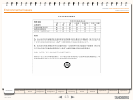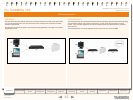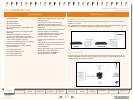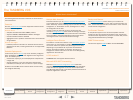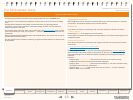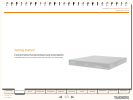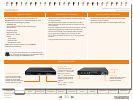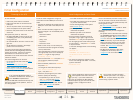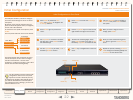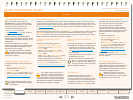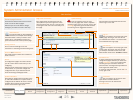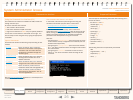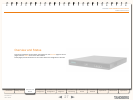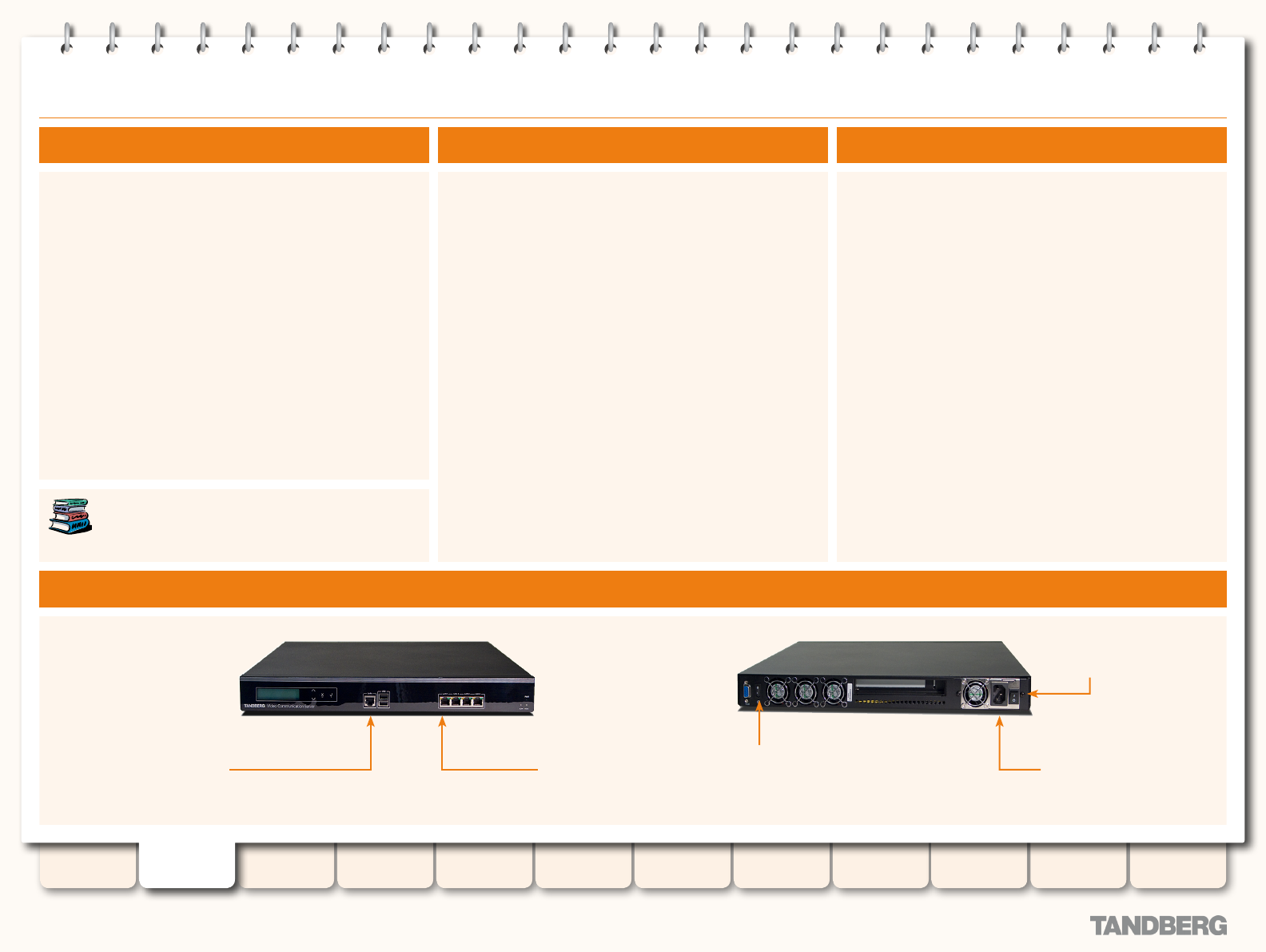
20
D14049.04
JULY 2008
Grey Headline (continued)
The socket outlet shall be installed near to the equipment
•
and shall be easily accessible.
Never install cables without rst switching the power OFF.
•
To avoid damage to the unit during transportation, the
TANDBERG VCS is delivered in a special shipping box, which
should contain the following components:
TANDBERG VCS
•
CD containing VCS Administrator Guide and other
•
documentation
Installation Sheet
•
Registration card
•
Rack ears and screws
•
Cables:
•
power cables
•
ethernet cable
•
shielded serial cable
•
Please report any discrepancies to your TANDBERG
representative immediately.
Make sure that the VCS is accessible and that all cables can
•
be easily connected.
For ventilation: leave a space of at least 10cm (4 inches)
•
behind the VCS’s rear panel and 10cm (4 inches) in front of
the front panel.
The room in which you install the VCS should have an ambient
•
temperature between 0ºC and 35ºC (32ºF and 95ºF) and
between 10% and 90% non-condensing relative humidity.
Do not place heavy objects directly on top of the VCS.
•
Do not place hot objects directly on top, or directly beneath
•
the VCS.
Use a grounded AC power outlet for the VCS.
•
Connecting the Cables
Power cable
Connect the system power
cable to an electrical
distribution socket.
Shielded serial cable
To control the VCS using a
direct connection to a PC,
connect the serial cable
between the VCS’s DATA port
and the COM port on a PC.
Ethernet cable
To use the VCS over IP,
connect the ethernet cable
from the LAN1 port on the
VCS to your network.
The LAN2 port can also be
used if you have the Dual
Network Interfaces option
installed.
The LAN3 and LAN4 ports
are not used.
A brief yet concise description of the procedure to get
you up and going can be found in the Installation Sheet
accompanying your TANDBERG product.
What’s in the Box?
Installation Site Preparations
General Installation Precautions
Power switch
Soft power button
TANDBERG VIDEO COMMUNICATIONS SERVER
ADMINISTRATOR GUIDE
Introduction Getting Started
Overview and
Status
System
Conguration
VCS
Conguration
Zones and
Neighbors
Call
Processing
Bandwidth
Control
Firewall
Traversal
Appendices
Applications Maintenance
Installation




